At the end of the Cretaceous period, approximately 66 million years ago, Earth experienced one of the most significant mass extinction events in its history. This catastrophic event wiped out about 75% of all species, including the non-avian dinosaurs. For decades, scientists debated the primary cause of this extinction: was it the massive asteroid impact at Chicxulub, Mexico, or the colossal volcanic eruptions that formed India’s Deccan Traps? Recent research has revealed a complex interplay between these two cataclysmic events, raising questions about which dealt the deadlier blow to life on Earth. This article examines the evidence, impacts, and ongoing scientific debate surrounding these two extinction mechanisms.
The Basics of the Deccan Traps
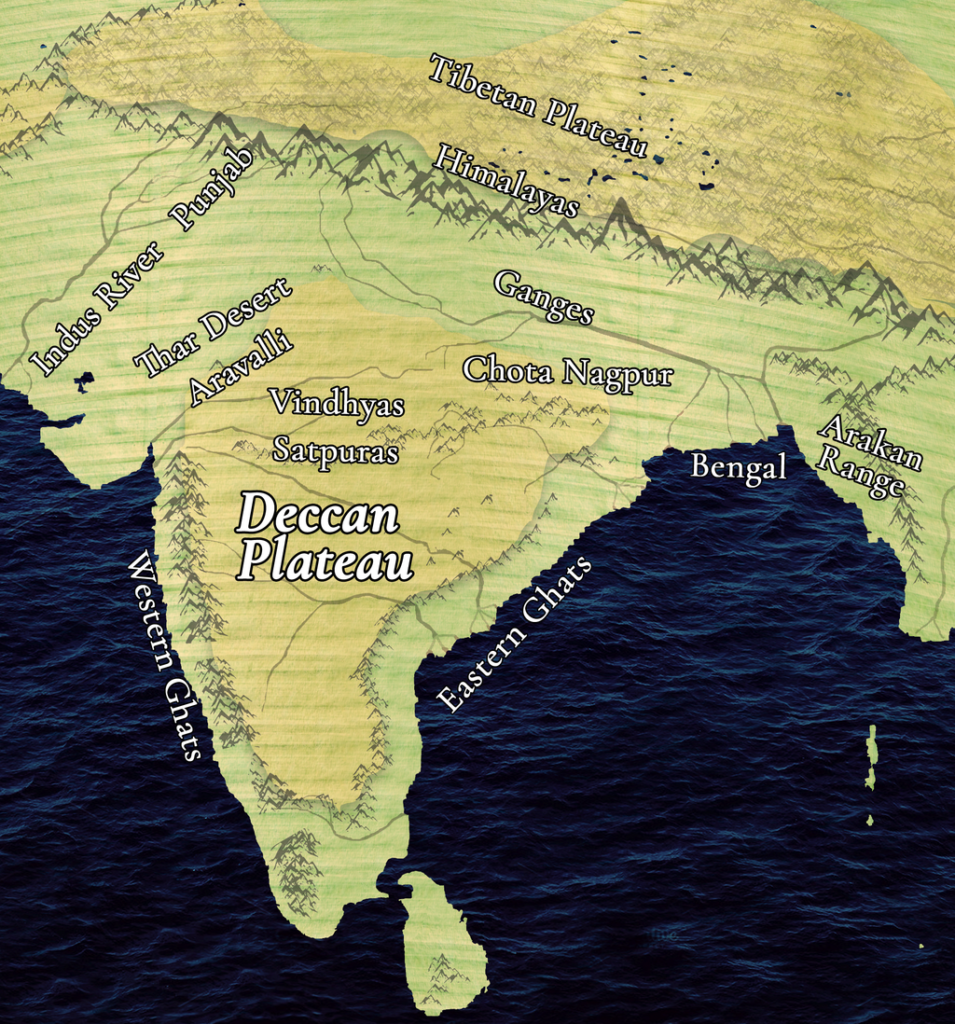
The Deccan Traps represent one of Earth’s largest volcanic features, covering much of western and central India with layers of solidified lava. These extensive flood basalts formed through a series of eruptions spanning approximately one million years, with the most intense activity occurring around the Cretaceous-Paleogene (K-Pg) boundary. At their peak, the eruptions released massive amounts of lava, with some flows extending over 600 kilometers. Today, the Deccan Traps cover roughly 500,000 square kilometers with basaltic lava that can reach thicknesses of 2 kilometers. The sheer volume of volcanic material is staggering—scientists estimate that over 1.5 million cubic kilometers of lava erupted, enough to cover all of modern India to a depth of several hundred meters.
The Asteroid Impact at Chicxulub

The Chicxulub impactor was an asteroid or comet approximately 10-15 kilometers in diameter that struck Earth’s surface near the Yucatán Peninsula. The collision created a crater roughly 150 kilometers wide and triggered immediate catastrophic effects across the planet. The impact released energy equivalent to billions of atomic bombs, causing earthquakes, tsunamis, and a global firestorm as superheated debris rained back down through the atmosphere. Perhaps most significantly, the impact ejected massive amounts of dust, sulfur aerosols, and soot into the atmosphere, blocking sunlight and causing a prolonged “impact winter.” This dramatic cooling would have severely disrupted photosynthesis, collapsing food chains from the bottom up. The timing of this impact precisely coincides with the K-Pg boundary, providing compelling evidence for its role in the mass extinction.
Timeline Controversy: Which Came First?
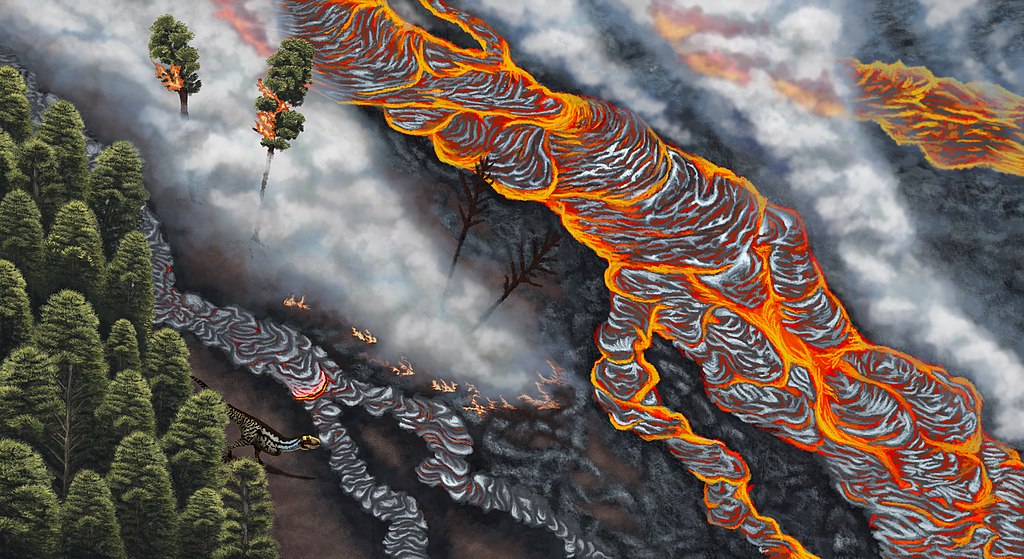
One of the critical aspects of the extinction debate involves determining the precise timeline of these events. Recent high-precision dating methods have revolutionized our understanding of when the Deccan Traps eruptions occurred relative to the asteroid impact. Earlier studies suggested the volcanic activity primarily preceded the impact, but newer research indicates that approximately 75% of the Deccan lava erupted after the Chicxulub collision. This timing has led some scientists to propose that the asteroid impact may have actually intensified volcanic activity through seismic energy. Other researchers maintain that the most environmentally damaging phase of volcanism preceded the impact. The resolution of this timeline remains controversial, with competing studies offering different interpretations of radiometric dating results, paleomagnetic data, and volcanic stratigraphy. The question of which event triggered or exacerbated the other continues to drive research in this field.
Atmospheric Effects of the Deccan Traps
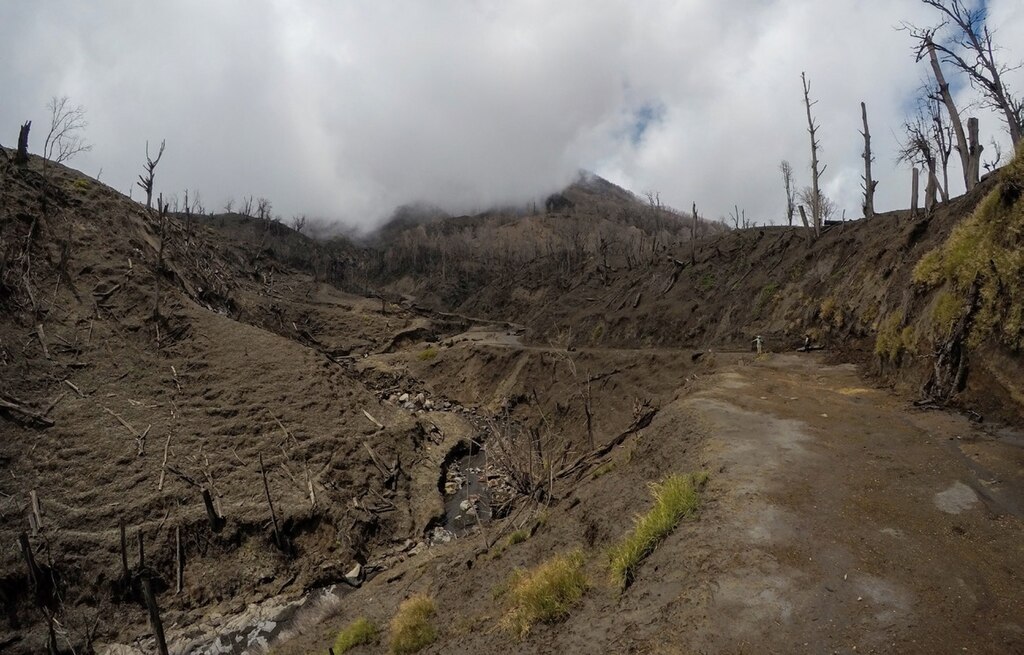
The environmental impact of the Deccan Traps eruptions stemmed primarily from the massive quantities of gases released rather than the lava itself. These eruptions pumped enormous volumes of carbon dioxide, sulfur dioxide, and other volcanic gases into the atmosphere over hundreds of thousands of years. Sulfur dioxide converts to sulfuric acid aerosols in the atmosphere, potentially causing short-term global cooling, acid rain, and widespread environmental damage. Conversely, the carbon dioxide would have contributed to longer-term warming through the greenhouse effect. The prolonged nature of these eruptions meant that the Earth’s climate likely experienced significant oscillations between cooling and warming periods. Some models suggest that these volcanic emissions could have stressed ecosystems globally, gradually weakening biodiversity and making the biosphere more vulnerable to further perturbations.
Immediate vs. Prolonged Extinction Mechanisms

The asteroid impact and volcanic eruptions represent fundamentally different extinction mechanisms in terms of their timeframe and ecological effects. The Chicxulub impact caused immediate, catastrophic changes on a global scale—the equivalent of an ecological “bad day” that few organisms could survive. Within hours to months, the impact of winter would have dramatically reduced primary productivity worldwide. In contrast, the Deccan Traps represent a prolonged environmental stressor spanning hundreds of thousands of years. This extended timescale could have allowed some species to adapt or migrate, but also prevented ecosystems from fully recovering between eruption pulses. The different timescales of these events complicate direct comparisons of their lethality. Some paleontologists argue that while the asteroid delivered the final blow, the Deccan eruptions had already pushed many ecosystems to the brink of collapse through long-term environmental degradation.
Comparison of Geological Evidence

The geological record provides crucial evidence for assessing the relative impacts of these events. The Chicxulub impact left a distinctive global layer at the K-Pg boundary containing shocked quartz, tektites (impact glass), and an iridium anomaly—elements rare on Earth’s surface but common in asteroids. This worldwide marker coincides precisely with the mass extinction horizon in the fossil record. The Deccan Traps, meanwhile, produced distinctive flood basalts with geochemical signatures that can be correlated across India and beyond. Sedimentary layers interbedded with the lava flows contain fossil and climate evidence that helps track environmental changes during the eruption period. Isotopic studies of marine sediments from this time reveal evidence of both warming and cooling episodes that align with pulses of Deccan volcanism. Researchers continue to search for direct links between specific eruption phases and extinction patterns in the fossil record.
Marine Ecosystem Collapse

The marine fossil record provides some of the most detailed evidence of extinction patterns at the K-Pg boundary. Ocean ecosystems experienced catastrophic disruption, with approximately 93% of chalk-forming coccolithophores (tiny marine algae) going extinct, along with about 90% of foraminifera species. These microscopic organisms form the base of marine food webs, so their decimation had cascading effects throughout ocean ecosystems. The extinction pattern appears relatively abrupt in well-preserved marine sections, suggesting a rapid trigger rather than a gradual decline. However, some studies have identified evidence of stress in marine ecosystems prior to the boundary, including shifts in species distributions and declining diversity. Ocean acidification, which could result from both volcanic CO₂ emissions and the asteroid impact (through vaporized carbonate rocks), likely played a significant role in marine extinctions. The differential timing of extinctions between shallow and deep marine environments might provide clues about which extinction mechanism predominated.
Terrestrial Ecosystem Impacts

On land, the extinction was equally devastating but showed some different patterns from marine environments. The fossil record indicates that approximately 75% of all terrestrial species disappeared at the K-Pg boundary. Most famously, all non-avian dinosaurs went extinct, along with pterosaurs, many bird groups, and numerous plant species. The terrestrial plant record shows evidence of a “fern spike” immediately after the boundary, indicating widespread forest destruction followed by recolonization by ferns, which are typically first colonizers after ecological disasters. Some research suggests terrestrial extinctions may have begun gradually before the boundary, potentially indicating Deccan-related stress. However, the preservation of terrestrial fossils is less continuous than marine sediments, making precise timing more difficult to establish. Intriguingly, certain ecosystems like freshwater environments experienced lower extinction rates, possibly because these habitats are more accustomed to frequent disturbances or because food webs in these systems rely more on detritus than living plant matter.
Chemical Signatures in the Fossil Record
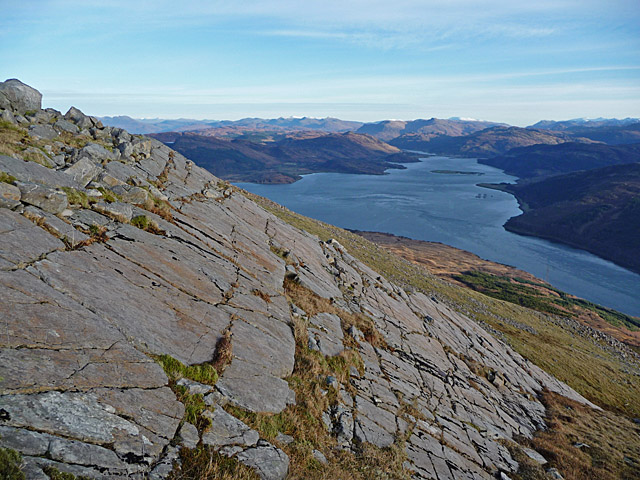
Advanced geochemical techniques have provided crucial insights into the environmental conditions surrounding the K-Pg extinction. Oxygen isotope ratios in fossils indicate rapid temperature fluctuations consistent with both impact-induced cooling and volcanic warming. Carbon isotope anomalies reveal disruptions to the global carbon cycle, showing a dramatic reduction in primary productivity across land and sea. Mercury concentrations in sedimentary rocks have been particularly informative, as mercury is released in large quantities during volcanic eruptions and can be transported globally. Several studies have found elevated mercury levels in sediments from the late Cretaceous, suggesting significant volcanic influence on the environment prior to the asteroid impact. Sulfur isotopes and trace metal concentrations in marine sediments also indicate episodes of ocean anoxia (oxygen depletion) that align with Deccan eruption pulses. These chemical signatures allow scientists to reconstruct environmental conditions with increasing precision, helping to distinguish the effects of volcanism from those of the impact.
Modern Scientific Consensus
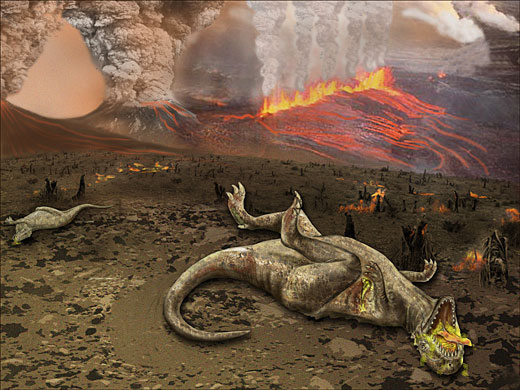
The scientific consensus regarding the K-Pg extinction has evolved significantly over recent decades. While the debate was once framed as an either/or question, most paleontologists now recognize that both the Deccan Traps and the Chicxulub impact likely contributed to the extinction event. However, opinions still differ regarding their relative importance. One prominent view suggests a “one-two punch” scenario, where Deccan volcanism stressed global ecosystems over hundreds of thousands of years, making them more vulnerable to the sudden catastrophe of the asteroid impact. Another view holds that the impact was the primary killer but that it also intensified volcanic activity, creating a feedback loop of environmental destruction. A smaller group of researchers continues to advocate for volcanism as the primary driver, arguing that the impact simply coincided with an already underway extinction. The evidence continues to be refined with new dating techniques, geochemical analyses, and computer modeling of ancient climate systems.
Comparison with Other Mass Extinctions
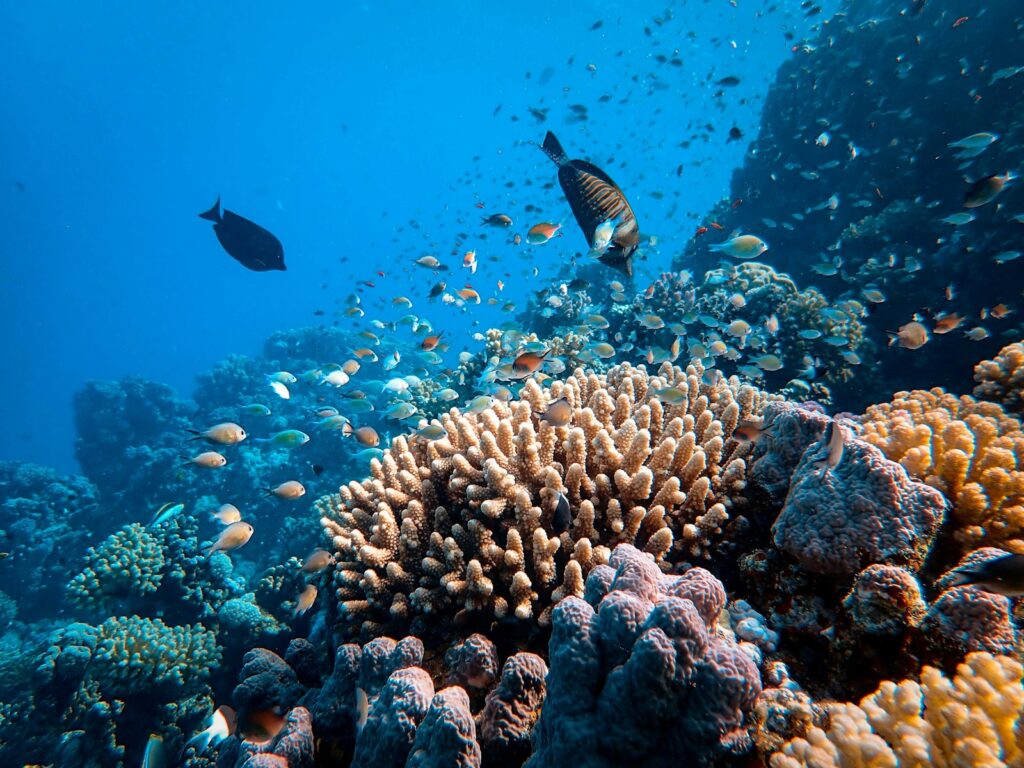
The end-Cretaceous extinction was one of five major mass extinctions in Earth’s history, and comparing it to the others provides valuable context. The end-Permian extinction (252 million years ago), the most severe mass extinction known, coincided with the massive Siberian Traps flood basalt eruptions without any known asteroid impact. This extinction killed approximately 95% of marine species and took much longer to occur than the K-Pg extinction, supporting the idea that volcanism alone can cause global catastrophes. Similarly, the end-Triassic extinction (201 million years ago) coincided with another large igneous province, the Central Atlantic Magmatic Province. The consistent association between major flood basalt eruptions and mass extinctions suggests volcanism can be sufficient to trigger biodiversity collapse. However, the relatively rapid nature of the K-Pg extinction compared to these other events suggests the asteroid impact accelerated or intensified the extinction process. This comparative approach helps scientists understand the unique aspects of the end-Cretaceous event.
Recovery and Evolutionary Consequences

The aftermath of the K-Pg extinction profoundly shaped the evolution of life on Earth. The extinction of non-avian dinosaurs opened ecological niches that mammals quickly exploited, leading to the rapid diversification that eventually produced primates and humans. In the oceans, new groups of plankton evolved to replace extinct lineages, restructuring marine food webs. Plant communities recovered relatively quickly, though the composition of forests changed significantly, with flowering plants becoming increasingly dominant over conifers in many ecosystems. Research suggests full ecosystem recovery took at least 1-2 million years, indicating the profound depth of ecological disruption. The pattern of recovery provides additional clues about the extinction mechanism—the relatively rapid rebound of some ecosystems suggests the environmental effects, while severe, may not have persisted for extremely long periods. This pattern seems more consistent with an impact-triggered extinction followed by volcanic influence during the recovery phase rather than a purely volcanic scenario.
Ongoing Research and Future Directions

Scientists continue to refine our understanding of this pivotal moment in Earth’s history through innovative research approaches. New high-precision dating methods now allow researchers to determine the age of rocks with unprecedented accuracy, sometimes to within tens of thousands of years—a remarkable achievement for events that occurred 66 million years ago. Computer modeling of ancient climates has become increasingly sophisticated, allowing scientists to simulate the environmental effects of both the impact and volcanism under various scenarios. Ongoing fieldwork in India’s Deccan Traps and at the Chicxulub crater continues to yield new insights, including recent deep drilling projects that have recovered impact melt rocks and flood basalts for laboratory analysis. Future research will likely focus on identifying chemical and isotopic signatures that can clearly distinguish volcanic from impact effects in the geological record. Another promising area involves using clumped isotope paleothermometry and other advanced techniques to reconstruct temperature changes at higher resolution around the extinction boundary.
Conclusion
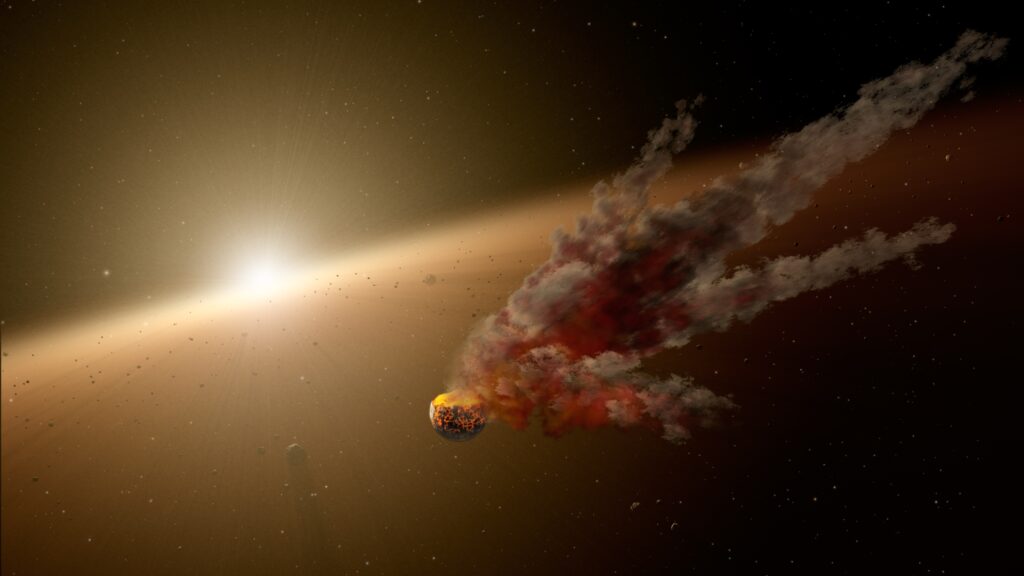
The debate over whether the Deccan Traps eruptions or the Chicxulub asteroid impact was “worse” likely misses the more complex reality of how these events interacted to create one of Earth’s most severe extinction events. The evidence increasingly suggests both played significant roles, potentially creating a synergistic disaster that exceeded what either could have caused alone. The asteroid impact delivered a sudden, catastrophic blow to already stressed ecosystems, while the volcanic eruptions may have both preconditioned the environment for collapse and hindered recovery afterward. Rather than representing competing hypotheses, these two extinction mechanisms now appear complementary in explaining the patterns observed in the fossil record. This scientific journey reminds us that Earth’s history is often more complex than simple either/or scenarios, with multiple factors converging to shape the evolution of life. As research continues, our understanding of this pivotal moment in our planet’s history will undoubtedly continue to evolve.



